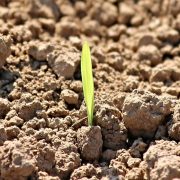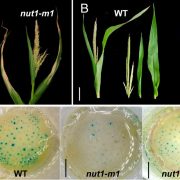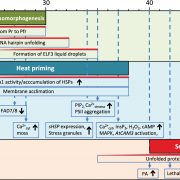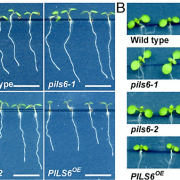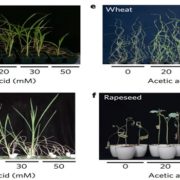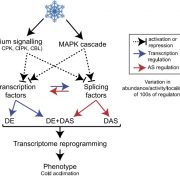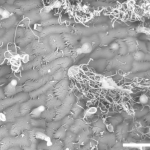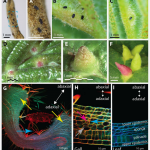Buffering effects of soil seed banks on plant community composition in response to land use and climate (Glob. Ecol. Biogeogr.)
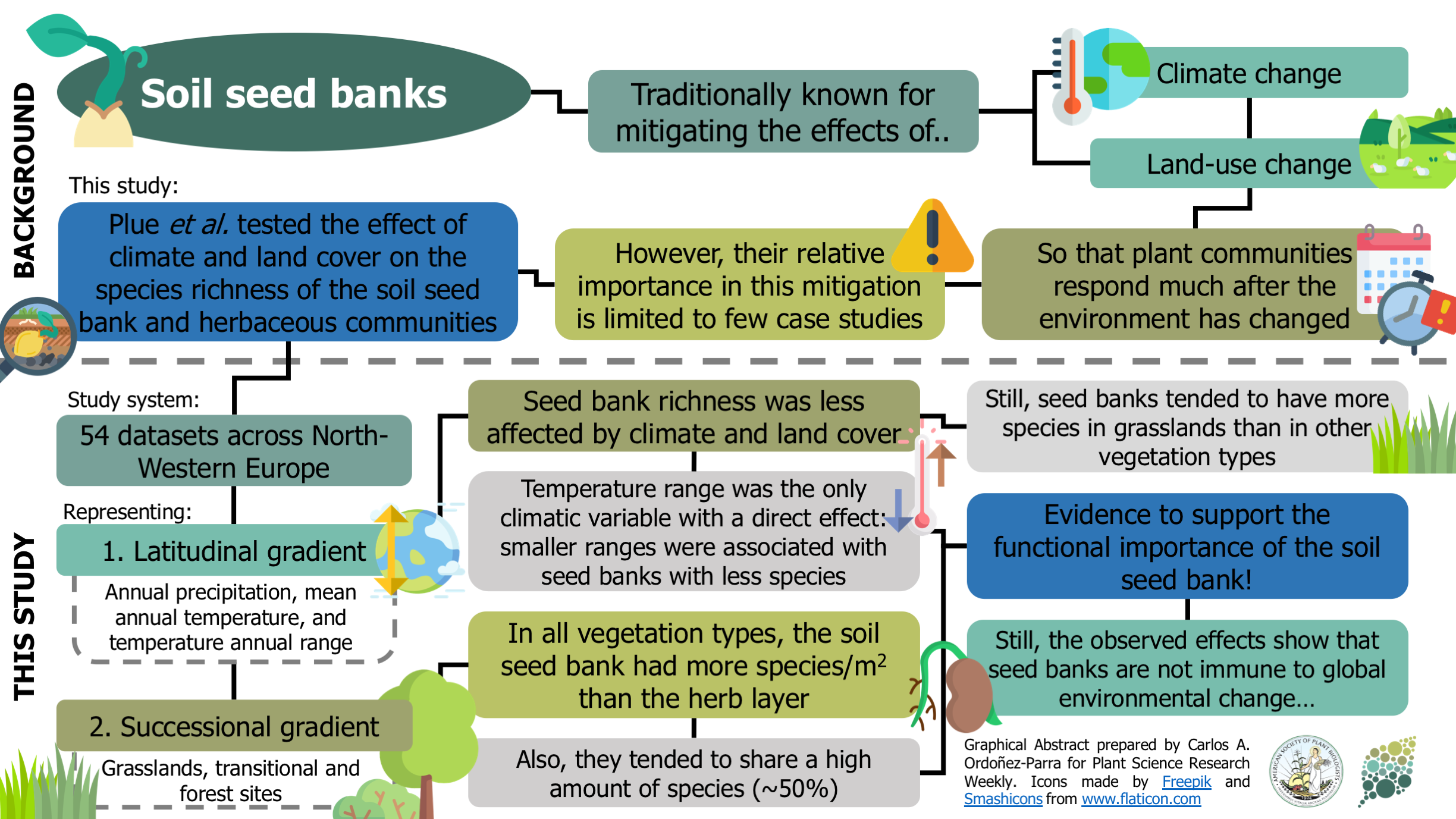
Plant communities seem to be able to mitigate the effects of climate and land-use change, given their responses are usually observed long after environmental conditions have changed. This lagged response has been attributed to the presence of persistent soil seed banks. Still, the evidence of their relative importance in this process is limited to individual case studies. Here, Plue and colleagues analyzed 54 datasets across a latitudinal and successional gradient in North-Western Europe to assess the effect of climate and vegetation type on soil seed banks and herb communities’ richness. Regardless of the vegetation type, the soil seed bank had more species per area than the herb layer and shared around half of its species. The richness of soil seed banks was less affected by environmental variables than the richness of standing communities, with annual temperature range the only climatic variable with significant direct effect. As a result, this research provides exciting insights that reinforce soil seed banks’ ecological importance in mitigating the effects of global environmental change on plant communities. However, the authors warn that this mitigating capacity of the soil seed banks could be compromised in the future due to increasing changes in the environment. (Summary by Carlos A. Ordóñez-Parra @caordonezparra) Glob. Ecol. Biogeogr. 10.1111/geb.13201


